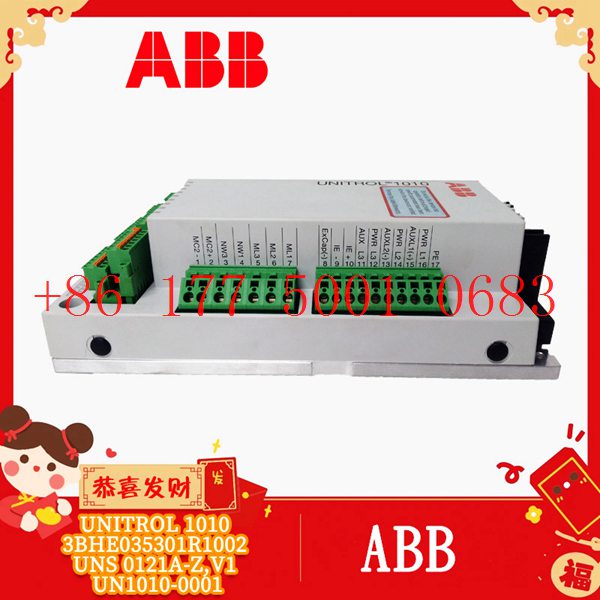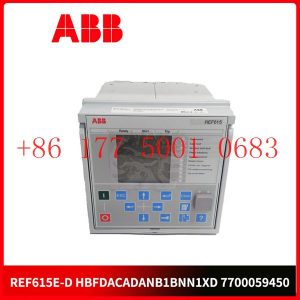Description
hardware flow control. It is an ideal choice in the field of industrial automation.
Domestic Industrial Robot Industry Trends in 2020 my country’s market still contains huge power
In 2016, the density of industrial robots in my country was 68 units per 10,000 people. In 2018, the density of industrial robots was 140 units per 10,000 people, which is
higher than the global average of 99 units. According to the “Robot Industry Development Plan (2016-2020)”, the density target of domestic industrial robots in 2020 will
reach 150 units/ten thousand people, and market demand will be further released. In addition, in
he long run, the density of industrial robots in my country is far smaller than that of several developed countries with higher levels of automation, and the domestic market
demand still contains huge development potential in the future.
Strong market demand has driven China to become one of the main sources of income for the four major families of Germany”s KUKA, Switzerland”s ABB, Japan”s
FANUC and Yaskawa. As the world”s largest industrial robot market, China has attracted the collective attention of the four major families, and its business in China has also
become an important engine for the growth of the four major families” business income.
1. The four major families account for 40% of the global market and nearly half of the market in China.
Globally, the first echelons in the field of industrial robots are KUKA of Germany, ABB of Switzerland, FANUC of Japan and Yaskawa.
The revenue of the four major family robot businesses continues to grow, accounting for nearly 40% of the global market share. From 2006 to the present, except for 2009,
when the four major families suffered a sharp decline in revenue due to the aftermath of the financial crisis, the remaining years have seen steady growth. From 2010 to 2017,
the CAGR of the robot business revenue of Yaskawa, ABB, KUKA, and FANUC was 6.58%, 11.05%, 12.96%, and 10.74% respectively, which is basically consistent with the growth
of the global industrial robot market. The robot business of the four major families has always occupied the main global robot market. In recent years, affected by
the rise of manufacturers in the robot segment and the rapid development of Chinese robot manufacturers, the market share has gradually declined, but it still remains above 40%.
In 2016, the four major families” global robot business The revenue proportion is 41.19%.
The four major families account for more than half of the domestic market
The four major families have different business focuses. KUKA”s business mainly focuses on robots and system integration, which are widely used in the automotive field
and have core customers such as Mercedes-Benz and BMW. ABB focuses on electric motors and motion control, which are used in the electronics, electrical and logistics
industries, and are also widely used in highly
mature automobile production lines. FANUC CNC system technology leads the world, and its process control is more efficient and convenient than other companies.
Yaskawa mainly focuses on the fields of servo motors and motion controllers, and is the first company in Japan to manufacture servo motors.
In 2012, foreign robot companies represented by the four major families of ABB, KUKA, Yaskawa Electric, and Fanuc accounted for more than 90% of the Chinese robot
market. Among the 90% of the robot market share, the four major families of ABB, Fanuc, Yaskawa Electromechanical, and KUKA account for 57.5%. The next three major
manufacturers, OTC, Panasonic and Kawasaki Heavy Industries, accounted for 16%. The market share of domestic robot manufacturers is relatively small. According to
statistics from Huachuang Securities, the market share of local brand robots in 2012 was only 8%.
According to IF R statistics, the total installed capacity of China”s local robots in the domestic market increased from 22% in 2017 to 27% in 2018;
while the installed capacity of foreign brands (including products produced in China by non-Chinese suppliers) declined 7%. At present, my country”s
industrial robot market is still dominated by foreign brands. The domestic market share
of the four major families has not changed much compared with 2012. In 2017, the domestic market share of the four major families reached 57%. In 2017,
the market share of the four major families in China was Fanuc (18%), KUKA (14%), ABB (13%), and Yaskawa (12%). However, as the proportion of domestic
manufacturers in the domestic market increases year by year, accounting for around 30%, although there is still a gap compared with the four major families,
the progress of domestic manufacturers
cannot be underestimated. As the four major families gradually strengthen their presence in the Chinese market, their market share in the domestic industrial
robot market will remain at a high level.
As the world”s largest industrial robot market, China has attracted the collective attention of the four major families, and its business
in China has also become an important engine for the growth of the four major families” business income. Taking Fanuc as an example
, the company”s revenue in China in 2017 increased from 6.63 billion yuan in 2016 to 12.75 billion yuan in 2017, an increase of 92.3%, driving the
revenue in Asia (excluding Japan) to account for 45.4%, a year-on-year increase 9.1%, ranking first. In addition, the Chinese market accounts for 21%
and 20% of the overall sales of Yaskawa
Electric and KUKA Robot respectively, making it one of the important sources of their sales revenue.
https://www.xmamazon.com
https://www.xmamazon.com
https://www.plcdcs.com/
www.module-plc.com/
https://www.ymgk.com
1336-B025-AA-EN-GM1 Allen-Bradley driver
1203-GK5 Allen-Bradley Input module
1326AB-B720E-21 Allen-Bradley servo motor
531X307LTBAHG1 GE Local area network (LAN) terminal board
531X304IBDARG1 GE PC basic driver card
1203-CN1 Allen-Bradley control net Communication module
531X303MCPBBG1 GE Power circuit board
170PNT11020 Schneider Modbus PLus communication adapter manufactured
150-B97NBDB Allen-Bradley Solid state controller
22B-D024N104 Allen-Bradley PowerHlex 40 Series AC drive
6GK7542-5FX00-0XE0 Siemens Communication processor
5X00121G01 Emerson Switching quantity output module
2DS100.60-1 B&R Absolute encoder
1TGE120011R1001 ABB motor and feed control unit of MNS
0-60063-1 RELIANCE PMI regulating board
0-51378-25 RELIANCE Gate coupling plate
0-57C405-C RELIANCE analog Ⅳ/O drive module
UTNH23A TOSHIBA Fiber shared hub unit
TSXP573623 Schneider dual format PL7 processor
TC-PRR021 Honeywell Redundant module
TK-PRS021 HONEYWELL Control processor module
TC-FPCXX2 Honeywell Power supply
TC-4000-P-PB-ES ATLAS COPCO Power supply driver
T8403 ICS TRIPLEX Trusted TMR 24Vdc digital input module
T8311 ICS Triplex Trusted TMR extender interface
SCXI-1600 NI Data acquisition module
T8151B ICS TRIPLEX Trusted communication interface
SCXI-1000 NI 4 slots, AC chassis
SAN4-40M DDK Servo drive
SAFT183VMC ABB Control the motherboard
PQMII-T20 GE Power quality meter
PFCL201C 10KN ABB tension sensor
PDD200A101 3BHE019633R0101/3BHE020P201 ABB Control board circuit board
P0917XV FOXBORO Compression end assembly
P0916BX FOXBORO Terminal component
MVME715P MOTOROLA transition module
MVME712A/AM MOTOROLA VME control card
MVME335 MOTOROLA Interface board
MVME333-2 MOTOROLA controller communication module
MVME147SRF MOTOROLA Double height VME module
MVI56-MDA4 PROSOFT Platform main module
MOX12-P3509 ABSOPULSE POWER SUPPLY
MDS60A0150-503-4-00 SEW drive
MMS6120 EPRO double-channel bearing vibration measurement module









Reviews
There are no reviews yet.